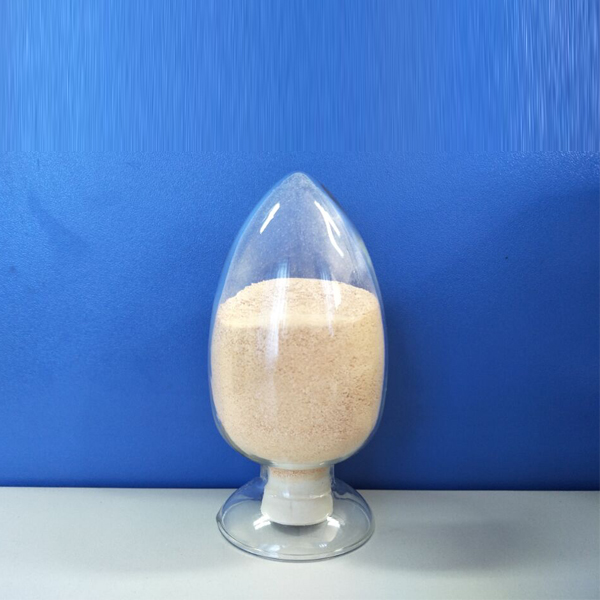
News
снеж . 21, 2024 15:53 Back to list
EDTA Chelating Agents Manufacturer for High-Quality Chemical Solutions and Applications
The Role of EDTA as a Chelating Agent Insights from Manufacturing
Ethylenediaminetetraacetic acid, commonly known as EDTA, has emerged as one of the most significant chelating agents utilized across various industries. Manufacturers worldwide recognize the importance of EDTA in complexing metal ions, making it indispensable in applications ranging from agriculture to pharmaceuticals. This article explores the importance of EDTA as a chelating agent, its production processes, and its applications in different sectors.
Understanding Chelation
Chelation is a chemical process where a molecule forms multiple bonds to a single metal ion. This is especially important for metals that would otherwise precipitate or become unavailable for biological processes. EDTA, a polyamine carboxylic acid, forms stable, water-soluble complexes with divalent and trivalent metal ions, effectively sequestering them. This property allows EDTA to enhance the solubility and availability of these metals in various settings.
The Manufacturing Process of EDTA
The production of EDTA typically involves a series of chemical reactions, beginning with the reaction of ethylenediamine with chloroacetic acid. This process results in the formation of the EDTA compound, which can then be neutralized and crystallized to obtain the final product. Manufacturers often prioritize quality control during production to ensure that the resulting EDTA maintains high purity and efficacy.
Leading EDTA manufacturers emphasize sustainable production practices and invest in research and development to innovate upon traditional processes. The aim is to reduce environmental impacts while enhancing the efficiency of EDTA production, ensuring that this essential chelating agent remains available to meet global demand.
EDTA in Agriculture
One of the most prominent applications of EDTA is in the agricultural sector, where it is utilized to enhance nutrient availability. Many essential micronutrients, such as iron, manganese, and zinc, can become unavailable in alkaline soils or in the presence of other metal ions. By using EDTA to chelate these nutrients, farmers can improve their uptake by plants, leading to enhanced growth and crop yields.
edta chelating agent factory

Moreover, EDTA can mitigate metal toxicity in soils, providing a solution for contaminated sites. As environmental regulations become stricter, the ability to manage soil health and reclaim contaminated agricultural land becomes increasingly vital.
EDTA in Pharmaceuticals and Healthcare
In the pharmaceutical industry, EDTA is employed in various ways. One major application is in the formulation of medications where metal ions can catalyze degradation reactions. By incorporating EDTA, manufacturers can stabilize drug formulations, extending their shelf life and ensuring patient safety.
Additionally, EDTA plays a crucial role in chelation therapy, a medical treatment for heavy metal poisoning. It binds to toxic metals like lead and mercury in the bloodstream, facilitating their excretion from the body. This application not only underscores the importance of EDTA in healthcare but also highlights the responsibility of manufacturers to provide high-quality products for medical use.
Industrial Applications
Beyond agriculture and healthcare, EDTA finds utility in multiple industrial applications. In water treatment, it is used to remove hardness from water supplies, effectively preventing scaling in pipes and machinery. In the food industry, it acts as a preservative by binding trace metal ions that could otherwise catalyze spoilage.
EDTA's versatility as a chelating agent explains its widespread adoption across diverse sectors. As industries evolve and face new challenges, manufacturers continue to explore innovative ways to leverage EDTA, ensuring it meets the changing needs of global markets.
Conclusion
In conclusion, EDTA stands out as a vital chelating agent with extensive applications across agriculture, healthcare, and various industrial sectors. Its ability to sequester metal ions enhances nutrient availability, supports drug formulation stability, and aids in industrial processes. As manufacturers prioritize sustainability and innovation, the future of EDTA looks promising, ensuring its place as a key player in numerous applications. The ongoing commitment to quality in production will remain essential to harnessing the full potential of EDTA, making it an indispensable asset in modern chemistry and industry.
-
OEM Chelating Agent Preservative Supplier & Manufacturer High-Quality Customized Solutions
NewsJul.08,2025
-
OEM Potassium Chelating Agent Manufacturer - Custom Potassium Oxalate & Citrate Solutions
NewsJul.08,2025
-
OEM Pentasodium DTPA Chelating Agent Supplier & Manufacturer High Purity & Cost-Effective Solutions
NewsJul.08,2025
-
High-Efficiency Chelated Trace Elements Fertilizer Bulk Supplier & Manufacturer Quotes
NewsJul.07,2025
-
High Quality K Formation for a Chelating Agent – Reliable Manufacturer & Supplier
NewsJul.07,2025
-
Best Chelated Iron Supplement for Plants Reliable Chelated Iron Fertilizer Supplier & Price
NewsJul.06,2025
